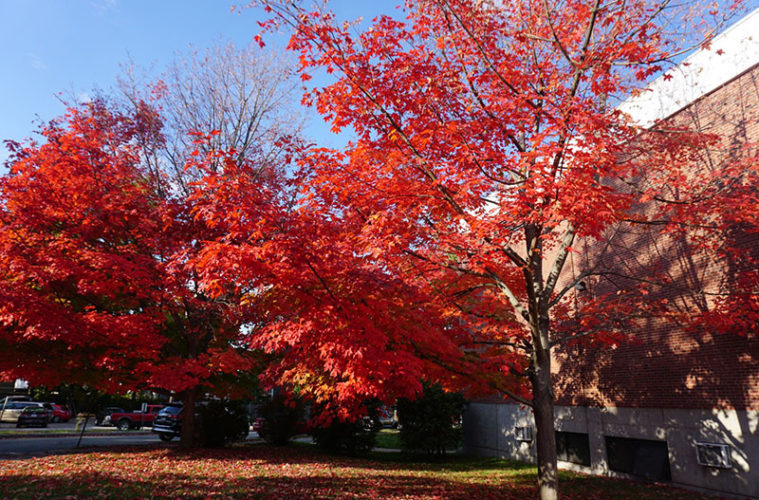The Engineering Department’s Dr. Pierre-Richard Cornely is planning a summer trip to Haiti for ENC students to implement earthquake prediction methods.
Although mainly advertised to science and business majors, the trip is open to all ENC students. It is tentatively planned for this summer, depending on student interest and cost details.
Cornely is currently working with the National Science Foundation to acquire full funding for the trip so students can go free of charge. As of now, the trip has funding for three to five students.
The two- to four-week trip will involve serving the people of Haiti and examining real atmospheric data in the area in accordance with Cornely’s earthquake prediction method.
“I want students to see real live data to manipulate… and [also to] develop an appreciation for people living in different conditions,” Cornely said.
Haiti falls on two fault lines, making the country prone to seismic activity and earthquakes. If Cornely and ENC students implement his predictive method, Haitian people could have ample time to prepare for an earthquake, or at least evacuate the area.
Cornely added that this trip to Haiti exemplifies what ENC strives to instill in its students.
“It’s part of ENC’s mission to help,” Cornely said concerning the trip’s importance.
Cornely has worked at ENC since 2012 and has researched tomography since 1999. In his research, Cornely discovered that tectonic plate movements create measurable disturbances in the atmosphere, which can help scientists predict oncoming earthquakes.
A 7.0 earthquake hit Haiti on January 12, 2010. 316,000 people died and 300,000 more were injured in the earthquake, according to U.S. Geological Survey. These numbers might not have been so high if scientists in Haiti had a method to predict the earthquake.
“The earthquake in Haiti could have been predicted a month before,” Cornely said while pointing to a quickly drawn sketch, explaining how his predictive model works.
Cornely himself is from Haiti. This, along with the horrifying statistics from the 2010 earthquake, spurred Cornely to want to bring his research to Haiti.
“It’s almost my duty to help,” Cornely said.
For more information about this summer’s trip, contact Cornely.

